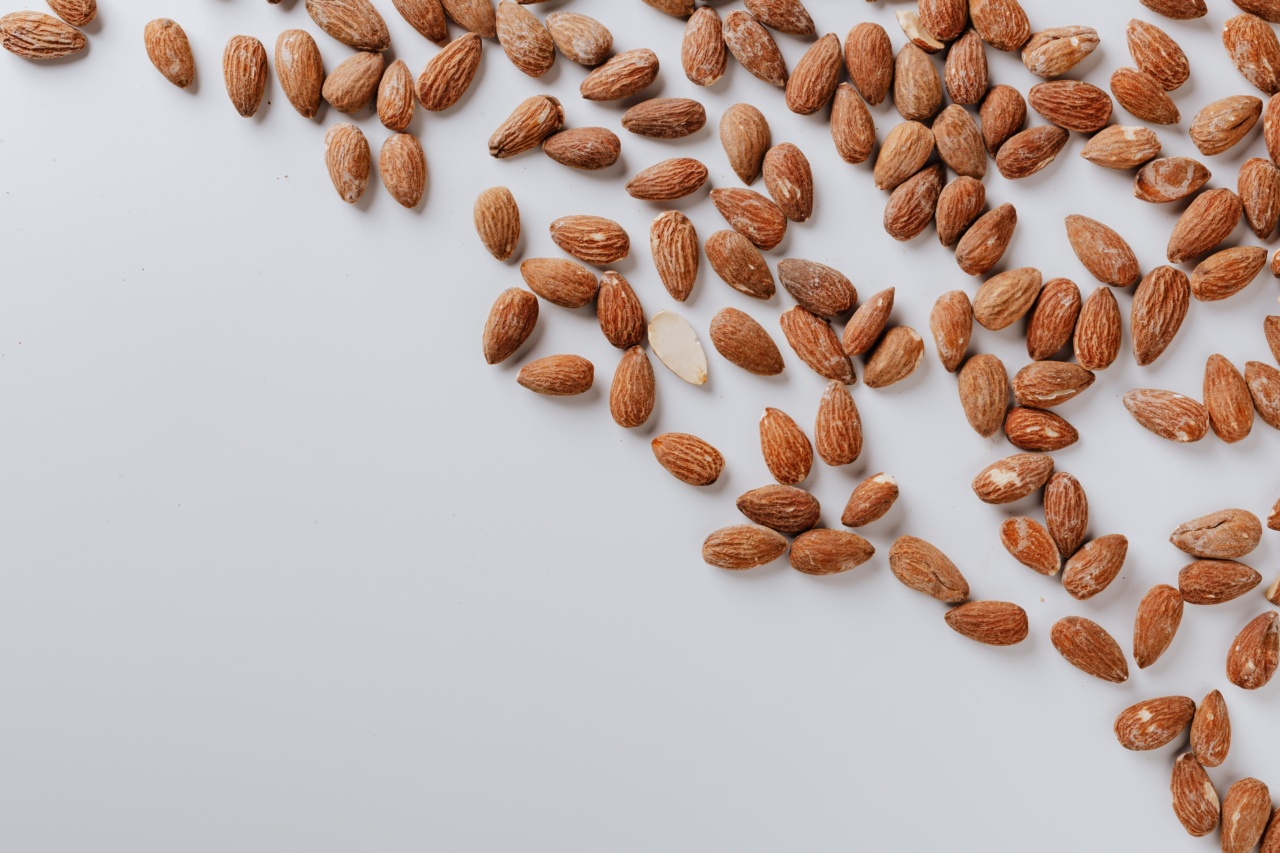Trimming calories from your diet can be a challenging task, but it’s not impossible. With a few simple changes to your daily habits, you can easily reduce your calorie intake by 250 calories.
In this article, we’ll discuss some tips and tricks to help you achieve this goal without feeling deprived or sacrificing the taste of your meals.
1. Choose Water or Unsweetened Beverages
Sugary drinks like soda, energy drinks, and fruit juices can add a significant amount of calories to your diet without providing much nutritional value.
Replace these calorie-laden beverages with water, unsweetened tea or coffee to instantly save calories. If you miss the flavor, add a slice of lemon or a few drops of stevia to enhance the taste without the additional calories.
2. Consume Whole Foods
Whole foods, such as fruits, vegetables, whole grains, lean proteins, and healthy fats, are naturally lower in calories compared to processed foods.
Incorporating more whole foods into your diet will not only help you slash calories but also provide your body with essential nutrients. Start by swapping processed snacks with fresh fruits or veggies and choose whole grain options like oatmeal or quinoa instead of refined grains.
3. Practice Portion Control
Portion sizes have significantly increased over the years, leading to overconsumption of calories. Be mindful of your portion sizes and aim to eat smaller, well-balanced meals throughout the day.
Using smaller plates, bowls, and utensils can trick your mind into believing you’re eating more than you actually are, helping you cut back on calories without feeling deprived.
4. Cook at Home
Restaurant meals are often loaded with hidden calories from excessive cooking oil, butter, and added sugars. By cooking meals at home, you have better control over the ingredients and cooking methods.
Look for healthy recipes online or in cookbooks, and experiment with new flavors and cooking techniques. You’ll not only save calories but also gain a new culinary skill.
5. Reduce Added Sugar Intake
Sugar provides empty calories and is often hidden in processed foods. Read labels carefully, and avoid products with high sugar content. Substitute sugary treats with naturally sweet options like fresh or dried fruits.
If you have a sweet tooth, try satisfying your cravings with small portions of dark chocolate or homemade desserts sweetened with alternatives like stevia or maple syrup.
6. Be Mindful of Condiments and Dressings
Condiments and dressings can turn a healthy meal into a calorie bomb. Many store-bought options are loaded with added sugars, unhealthy fats, and preservatives.
Opt for homemade alternatives using fresh ingredients, or choose lighter options like mustard, hot sauce, or balsamic vinegar. Be aware of portion sizes and use them sparingly to add flavor without piling on unnecessary calories.
7. Incorporate Physical Activity
Burning an extra 250 calories through physical activity can provide a more flexible approach to your diet. Engage in activities you enjoy, such as walking, dancing, cycling, or swimming, to burn those extra calories.
Aim for at least 30 minutes of moderate-intensity exercise most days of the week, and you’ll not only achieve your calorie-cutting goal but also improve your overall health.
8. Prioritize Protein and Fiber
Protein-rich foods and high-fiber foods can help you feel fuller for longer, reducing the temptation to snack on high-calorie foods between meals.
Include sources of lean protein like chicken, fish, tofu, or legumes in your meals, and incorporate fiber-rich foods like fruits, vegetables, whole grains, and nuts. These nutrients not only keep you satisfied but also contribute to a balanced diet.
9. Plan and Pre-Portion Meals
Planning and pre-portioning your meals can help you stay on track and avoid impulsive food choices. Set aside some time each week to plan your meals, and consider batch cooking to save time and make healthy choices readily available.
Use portion control containers or reusable meal prep containers to divide meals into appropriate serving sizes. This way, you’ll have healthy, pre-portioned meals at your fingertips, making it easier to stick to your calorie-cutting goal.
10. Get Adequate Sleep
Sleep plays a crucial role in regulating appetite hormones and preventing overeating. Lack of sleep can lead to increased hunger and cravings for high-calorie foods.
Aim for 7-9 hours of quality sleep each night to support your weight management efforts and ensure optimal overall health.
Conclusion
Trimming 250 calories from your diet doesn’t have to be a daunting task. By incorporating these tips and tricks into your daily routine, you can easily achieve this goal without feeling deprived or sacrificing the taste of your meals.
Remember, small changes can make a big difference in your calorie intake and overall health.































